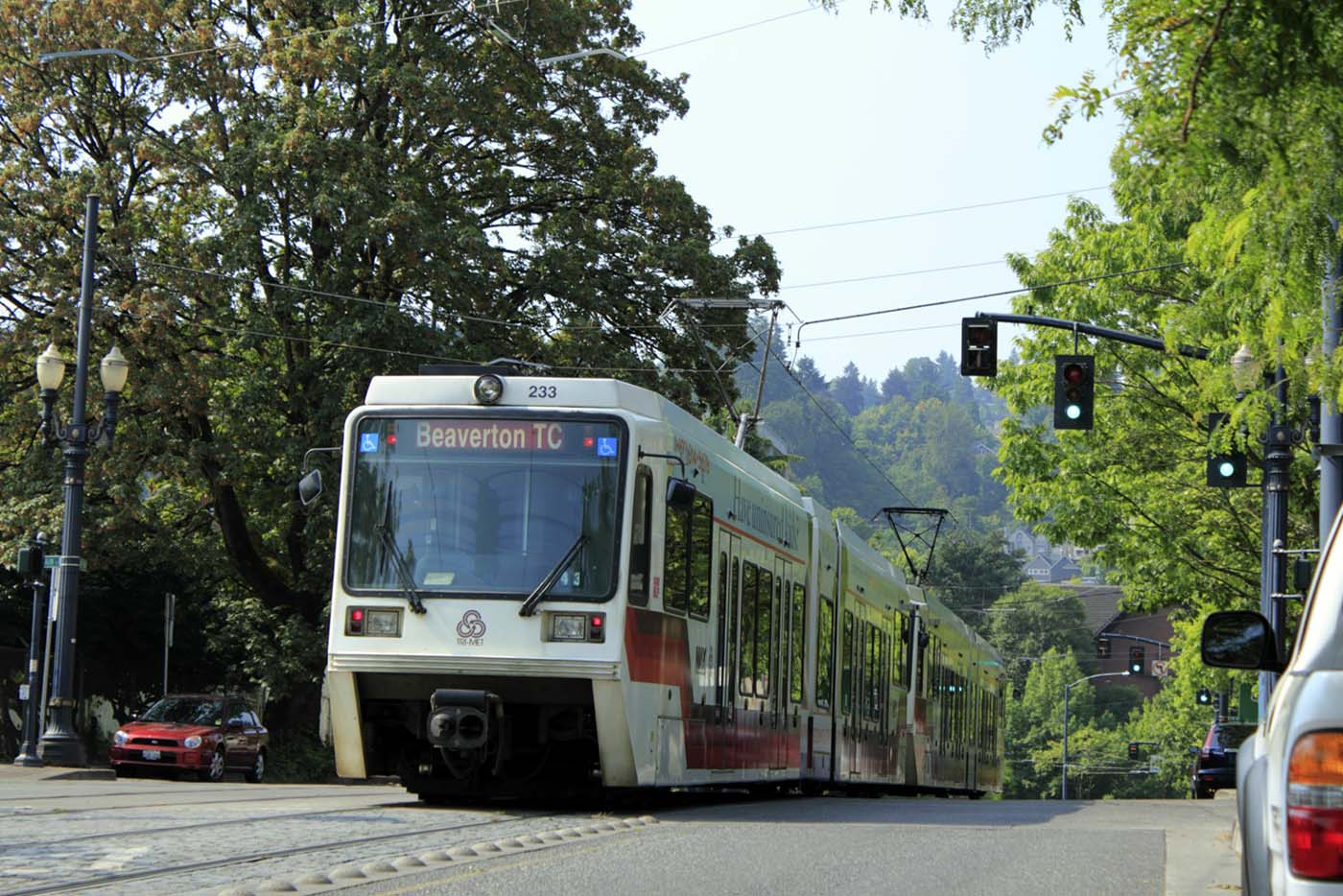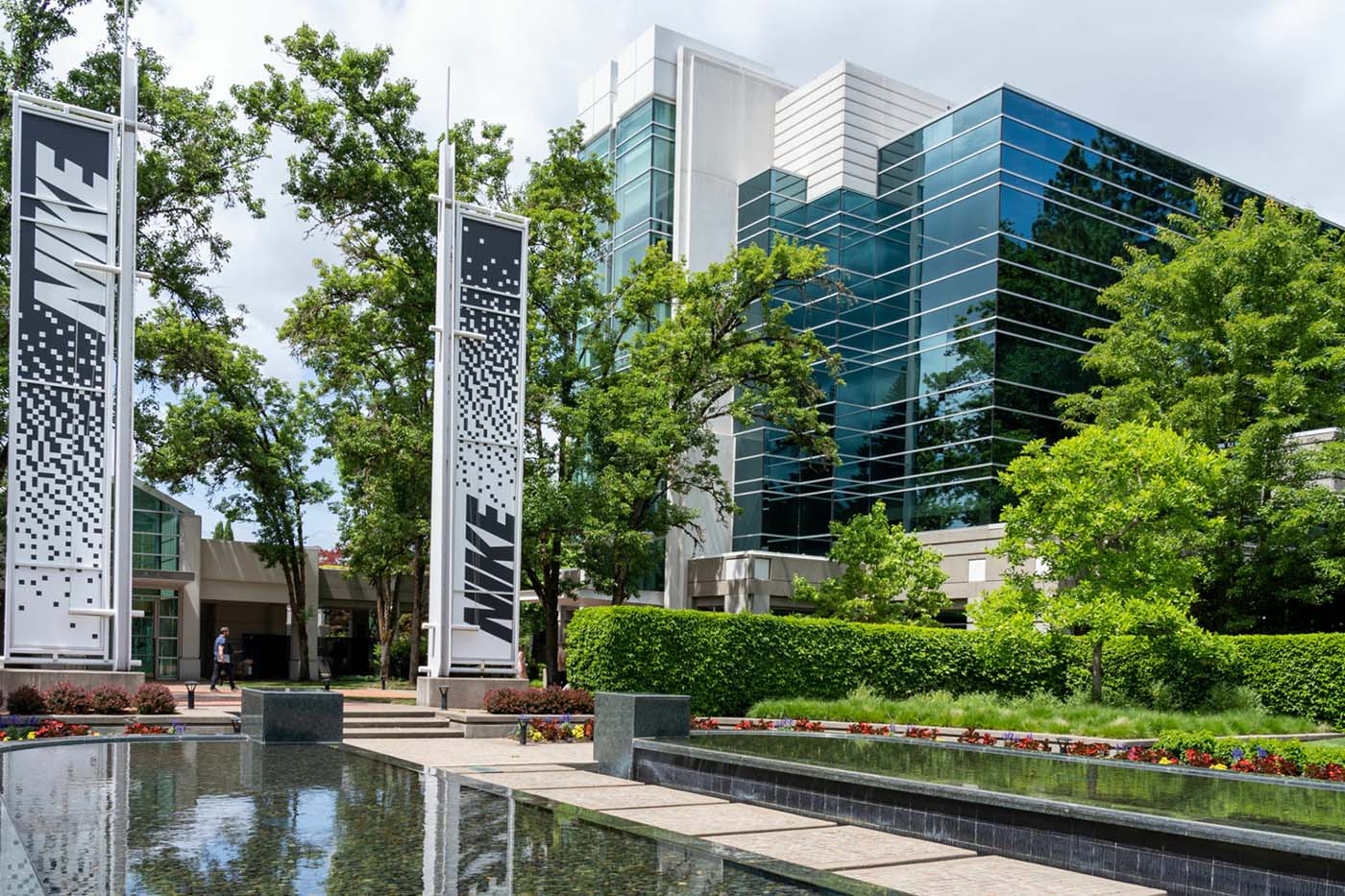Beaverton, nestled in the vibrant Portland metropolitan area, stands out for its eclectic mix of communities and flourishing economic landscape, peppered with a plethora of recreational and cultural experiences. This makes Beaverton not just a draw for tourists but a cherished home for its residents. For those contemplating a move to this dynamic city, it’s crucial to balance the financial implications with the lifestyle benefits it offers.
This article delves into the nuances of Beaverton’s living expenses, including insights into its demographic dynamics and how they stack up against other locales. Whether you’re relocating for work, family, or leisure, understanding these aspects is vital, especially if you require specialised services like piano movers in Beaverton, ensuring a smooth transition to this diverse and vibrant community.

Beaverton’s Cost of Living
Beaverton’s cost of living is higher than other cities in Oregon. The cost of living in Beaverton is 28% higher than the Oregon average. This is due in part to the city’s thriving economy and numerous job opportunities, which attract many people to the area. However, the higher cost of living may be a deterrent for some.
Factors that contribute to Beaverton’s higher cost of living include housing, transportation, and healthcare. Housing costs in Beaverton are 60% higher than the Oregon average, with the median home price at $460,000. Transportation costs are also higher than the Oregon average, with gas prices and car insurance rates being more expensive in Beaverton. Healthcare costs in Beaverton are 11% higher than the Oregon average.
Despite the higher cost of living, Beaverton’s economy is strong and diverse, with major industries including technology, healthcare, and manufacturing . The city’s job market is competitive, with many opportunities for skilled workers.
Beaverton’s Population
Beaverton’s population has grown steadily over the years. According to the United States Census Bureau, the city’s population was 99,129 in 2020 . The city has a diverse population, with a mix of ethnicities and cultures. The largest ethnic group in Beaverton is White, followed by Asian and Hispanic/Latino .
Beaverton’s population has become more diverse over time. In 1990, the city was 87% White, 5% Asian, and 4% Hispanic/Latino . By 2020, the city’s White population had decreased to 64%, while the Asian population had increased to 23% and the Hispanic/Latino population had increased to 13%.
Entertainment and Recreation
Beaverton offers a plethora of entertainment and recreational activities. The city’s parks and trails provide residents with ample opportunities for outdoor activities. Cultural events and sports activities are also abundant, catering to a wide range of interests and budgets. Many of these activities are either free or have nominal fees, ensuring accessibility for all residents.
Climate and Weather Patterns
Beaverton experiences a mild climate with an average of 42 inches of rain per year, higher than the U.S. average. However, it has only 18 days of snow annually. The region enjoys comfortable humidity levels year-round, with temperatures typically above 50°F for about half of the year. The city experiences long springs, short winters and summers, and mild temperatures, making it an attractive location for those who prefer a moderate climate.

The Job Market in Beaverton
Major Employers and Industries
Beaverton is part of the “Silicon Forest,” with a diversified economy that includes a strong presence in the high-tech and creative sectors. Major employers in the area include Intel and Nike, contributing to a job market that leans towards executive and professional positions. The city’s proximity to Portland also provides residents with additional employment opportunities.
Employment Opportunities and Salaries
The median household income in Beaverton is $82,380, higher than the national average. This reflects the robust job market and the availability of diverse employment opportunities in and around the city. Beaverton’s strategic location and its range of industries offer residents a variety of job options, contributing to its overall economic health.
Education System in Beaverton
Public Schools Performance
Beaverton is home to several top-rated public schools, such as Sunset High School and Mountainside High School, known for their academic excellence and robust educational programs. These schools provide high-quality education, contributing to the city’s reputation as an excellent place for families.
Top Private Schools
In addition to strong public schools, Beaverton also hosts prestigious private schools like Catlin Gabel School and Oregon Episcopal School. These institutions offer diverse curriculums and are known for their academic rigour and extracurricular offerings, catering to families seeking alternative educational environments.

Health and Wellness in Beaverton
Healthcare Facilities
Beaverton boasts high-quality healthcare facilities, offering a range of medical services to its residents. The healthcare cost index in Beaverton is lower than the national average, ensuring that medical services are both accessible and affordable.
Access to Medical Services
The city’s healthcare infrastructure includes several hospitals and clinics, providing residents with easy access to medical care. This access to quality healthcare is a key factor in the overall well-being and quality of life for Beaverton residents.
Is It Expensive to Live in Oregon?
Oregon’s cost of living is higher than the national average. According to , Oregon’s cost of living is 31% higher than the national average. This is due in part to the state’s higher housing costs, which are 44% higher than the national average . Other factors that contribute to Oregon’s higher cost of living include transportation, healthcare, and utilities.
Despite the higher cost of living, Oregon is a popular destination for people looking to relocate. The state’s natural beauty, mild climate, and thriving economy make it an attractive place to live and work.
Real Estate Development in Beaverton
Urban Growth and Housing Developments
Beaverton’s real estate market is characterised by careful urban planning and development. The city has an “urban growth boundary” to control sprawl and maintain the attractiveness of its urban and suburban landscapes. This approach ensures a balanced development that respects both the need for housing and the preservation of green spaces.
Impact on Suburban Landscape
The development strategy in Beaverton has resulted in a mix of suburban areas with middle-class residences and commercial zones. The presence of large employers like Intel and Nike in the area has influenced the suburban landscape, offering a blend of residential comfort and economic vibrancy. This balanced development has been essential in maintaining high living standards while managing the influx of new residents.
Conclusion
Beaverton, Oregon is a city known for its diverse community, thriving economy, and numerous recreational and cultural opportunities. While the cost of living in Beaverton is higher than other cities in Oregon, the city’s strong job market and high quality of life may offset the higher expenses. Beaverton’s population has become more diverse over time, reflecting the city’s welcoming and inclusive community. If you are considering moving to Beaverton or Oregon, it is important to weigh the costs and benefits of living in the area.








